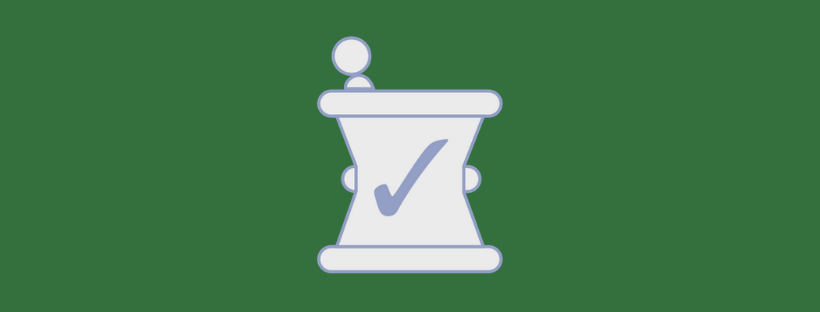When I read fancy-looking international reports that address the problem of counterfeit drugs, too seldom is our work recognized in verifying international online pharmacies in a manner that saves the lives of consumers looking online for affordable medicine. To some extent, that’s because the global pharmaceutical industry is often a major data source for these reports. But a joint effort between the Organization for Economic Cooperation and Development (OECD) and the European Union Intellectual Property Office (EUIPO)” recently recognized PharmacyChecker in a report on counterfeit drugs called “Illicit Trade: Trade in Counterfeit Pharmaceutical Products.” Under the sub-section “Online Pharmacy Authentication,” PharmacyChecker is mentioned as a free resource for consumers to identify trustworthy online pharmacies:
“PharmacyChecker is a free-to-consumer online service which produces reports on the credentials, prices and customer feedback of online pharmacies, focusing mainly on the United States and Canada. It is designed to help users identify reputable and trustworthy businesses. The site publishes a list containing the web addresses and business names of what it considers to be disreputable, dishonest and/or illegal online medicine trade sites.”
It should be clarified that, although our consumer advocacy and writing are focused on Americans, PharmacyChecker online pharmacy accreditation and pricing are there for global consumption.
For those who don’t know, the OECD is a group of the world’s 36 richest countries, many of which are located in the European Union. The United States is a member of the OECD.
One of the stated goals of the OECD/EUIPO report is to quantify the size of the international trade in counterfeit pharmaceuticals. That number comes out to $4.4 billion in 2016. The report notes that this figure does not include “a very large volume of domestically produced and consumed illicit pharmaceuticals.”
I was surprised by the figure of $4.4 billion, which is much smaller than many estimates that proliferate in the media, posing as facts. The size and scope of the global “counterfeit” drug market has fallen victim to insane propaganda over the past decade, in large part due to “research” by industry-funded organizations and people. In one such effort, a professor wrote that an OECD report “showed that counterfeit drugs accounted for 2.5 percent – or $461 billion— of the world drug market in 2013.” The referenced OECD report simply did not say that. I debunked this claim back in 2018 among others related to it.
I put the word counterfeit in quotes because it’s common for Pharma-funded research and op-ed writing to mix and mingle importation of lower-cost medicines, including medicines ordered from safe online pharmacies with counterfeit drugs.
Back in 2005, the counterfeit drug market was predicted to grow to $75 billion by 2010— a figure based on a report sponsored by organizations known to be funded by drug companies, the Center for Medicine in the Public Interest and the Pacific Research Institute. That report was called 21st Century Healthcare Terrorism: The Perils of International Drug Counterfeiting.
Soon thereafter, I started reading estimates of a $200 billion counterfeit drug market! Here, in the reputable blog of consulting firm Deloitte from 2014, the magazine Forbes is cited: “According to Forbes, annual global sales of counterfeit drugs were estimated to have reached approximately $200 billion in 2011.” But there was no link to Forbes or the source data.
Flash forward to 2017, the dollar figure of the global counterfeit drug trade is now $35 billion, according to an analysis by the World Health Organization, as mentioned in Reuters.
In all of this research and reporting, the Internet is mentioned as a leading culprit in the sale of counterfeit drugs, and often in a manner that ignores how helpful the Internet is to consumers seeking lower-cost medicines in other countries. But it is of course true: many rogue online pharmacies sell counterfeit drugs. What do we do about it? The usual organizational faces with Pharma funding and/or connections appeared in this most recent OECD/EU report as public safety participants, advocates or researchers. For instance, the National Association of Boards of Pharmacy was mentioned for its role in online pharmacy authentication. LegitScript research was plentiful, and there were acknowledgements to board members of the Alliance for Safe Online Pharmacy. To me, those are the voices of Big Pharma. Yet the authors of this report seem to have looked behind the curtain to discover different and legitimate perspectives about online pharmacies and consumer choice, which clearly include the work of PharmacyChecker.
There is a middle ground here and it’s codified in the Brussels Principles on the Sale of Medicines Over the Internet.
Tagged with: Counterfeit Drugs


